Shoppers often walk past my displays without a glance; sales stall, stress rises, and I want answers. By tapping into basic human drives, I can turn that problem into profit.
Visual merchandising psychology explains how color, light, space, and story guide instinct. When I design displays that match these triggers, browsers become buyers and profit follows.
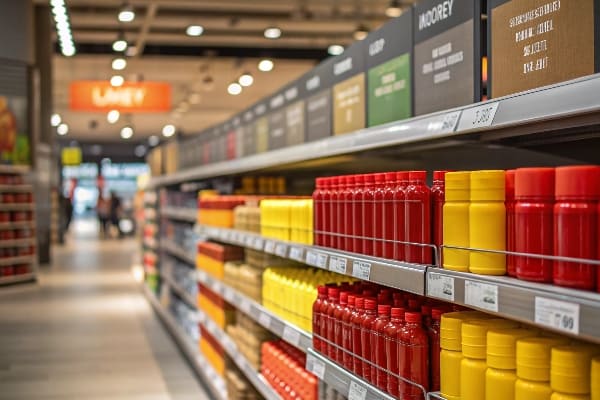
I have lived this transformation on the factory floor. In the next sections I pull apart each core idea so you can use it today and skip the slow, painful trial-and-error path I once took.
What is the psychology of visual merchandising?
I often see store teams stack items by habit, not by mind science. That habit costs revenue and wastes floor space. It hurts brand trust too.
The psychology of visual merchandising studies how color, light, texture, shape, and movement steer attention, stir emotion, and push impulse, turning casual visitors into committed buyers.
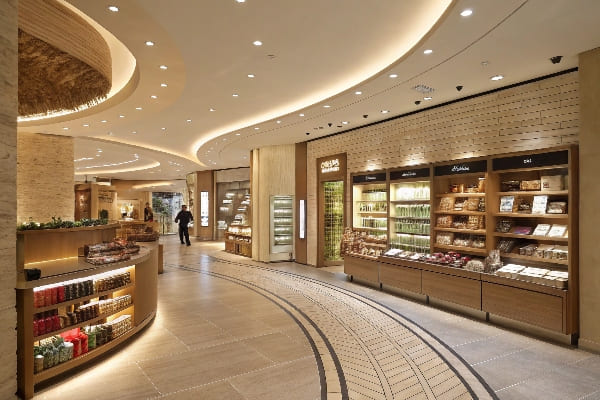
Key Cognitive Triggers
I break the theory into five triggers that run inside every shopper’s head. My team tests them on cardboard displays for sporting goods, snacks, and cosmetics. The principles stay steady even when products change.
| Trigger | What it means | How I apply it in cardboard displays |
|---|---|---|
| Color contrast1 | Bold hues pop against calm backgrounds | Neon orange hooks hunters to crossbow stands |
| Symmetry & balance2 | Brain craves order | Even product spacing lowers mental load |
| Story sequence | Left-to-right narrative signals “next step” | Arrows printed on riser guide the eye upward |
| Focal lighting3 | Bright spot pulls gaze first | LED strip under header spotlights hero SKU |
| Tactile cue | Hands want texture change | Matte lamination beside glossy logo invites touch |
These triggers rest on simple neuroscience. The eye jumps to contrast. The brain loves pattern yet fears clutter. Motion and light shifts tell us something might be worth our time. When I blend all five, dwell time rises and so does purchase intent. I watch it in data: a 12% lift on our Popdisplay units for a hunting launch last spring. Years back I feared theory was fluff; repeated trials proved me wrong. Keep a record of each change and you will see the same cause-and-effect.
What are the 5 R’s of merchandising?
A disordered store drains staff energy and confuses buyers. I learned that lesson after one frantic holiday rollout that left piles of unsold gear.
The 5 R’s—right product, right place, right price, right time, right quantity—form a simple checklist that keeps merchandising plans focused and profitable.
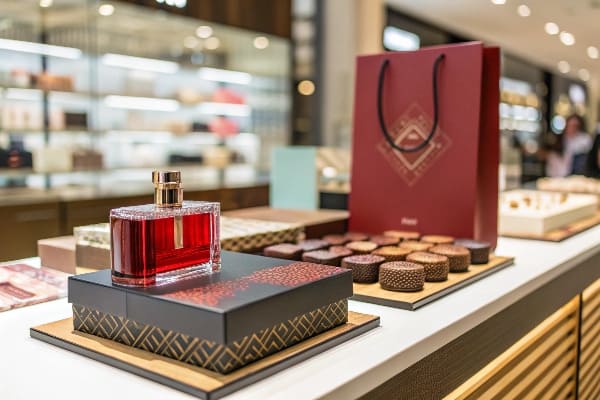
Turning the Checklist Into Action
| R | Pitfall when ignored | Quick fix I use |
|---|---|---|
| Product | Wrong model on display | Use sample tags tied to SKU list |
| Place | Display blocks traffic | Map customer path before install |
| Price | Tag hidden or messy | Print large price flashes at eye level |
| Time | Seasonal item too late | Reverse-plan from launch date with buffer |
| Quantity | Shelf empty or overfull | Add visual min-max marks inside tray4 |
Focus on one R at a time, then layer them. Last quarter our team aligned all five for a fishing lure display. We preset quantities per store profile. We staged the rollout two weeks before opener season. Sell-through hit 85% by week four5. Without this grid, I used to cram product wherever space existed and pray. Data now drives every slot we cut into the corrugated board. It keeps waste low and customer trust high.
What are the 4 P’s of merchandising?
I once mixed up marketing’s 4 P’s with merchandising’s needs and confused my design crew. The mix-up slowed approvals and cost freight.
Merchandising’s 4 P’s—product, presentation, placement, promotion—guide how an item looks, where it sits, and how the shopper hears its story inside the store.
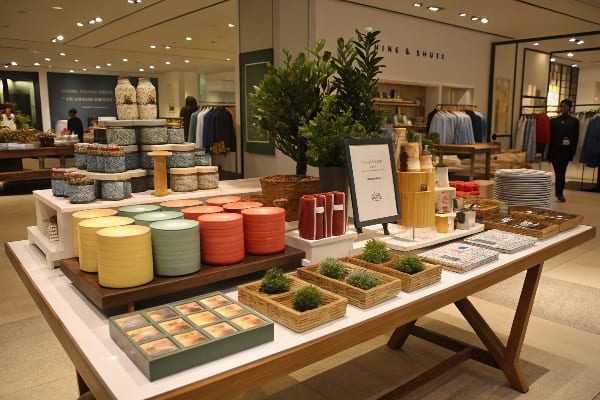
Aligning the P’s Inside a Display Program
| P | Core question | Cardboard display tactic6 |
|---|---|---|
| Product | Does the unit fit the brand use? | Die-cut forms echo bow limbs |
| Presentation | Is the item visible and neat? | Clear window plus branded riser |
| Placement | Does location hit traffic flow? | End cap near hunting aisle entrance |
| Promotion | Does messaging spark desire now? | QR code gives instant discount7 |
I treat the 4 P’s like a camera lens: twist focus until each element looks sharp. For example, Barnett Outdoors launched a compact crossbow. We built a slim tower that matched its stealth theme. Product sat at chest height for quick lift. Placement targeted the archery wall8, not the generic sporting zone. Promotion used bold “30 yd zero” copy. Sales outpaced the larger bow by 18%. Each P added a small gain; together they multiplied momentum.
What is the personality of a visual merchandiser?
Years ago I thought any graphic designer could plan displays. After late nights fixing floor sets, I saw that personality skills outrank Adobe skills.
A strong visual merchandiser blends curiosity, empathy, detail focus, and bold leadership, shifting between art and data to craft spaces that sell and delight.

Traits That Drive Store Success
| Trait | Why shoppers feel it | Daily habit that builds it |
|---|---|---|
| Curiosity9 | Fresh layouts each season | Walk one new store every week |
| Empathy10 | Designs match shopper mood | Interview three target users monthly |
| Detail focus | No crooked sign destroys trust | Use a laser level on site |
| Boldness | Tries risky color splits | A/B test header graphics |
| Resilience11 | Fixes errors fast | Keep spare parts in toolkit |
I hire for mindset first. Last year our junior planner questioned our long header copy. She trimmed it to four words. Click-through on the QR code doubled. Her curiosity and courage saved print cost and boosted data capture. Tools can be taught; personality traits are lived.
What psychological factors should be considered when merchandising stores?
I have watched stores rely on gut feeling and miss subtle cues that push or pull sales every minute. Ignoring these cues wastes rent.
Key factors include perception of time, personal space, social proof, decision fatigue, and risk aversion; addressing them turns floor traffic into steady conversions.
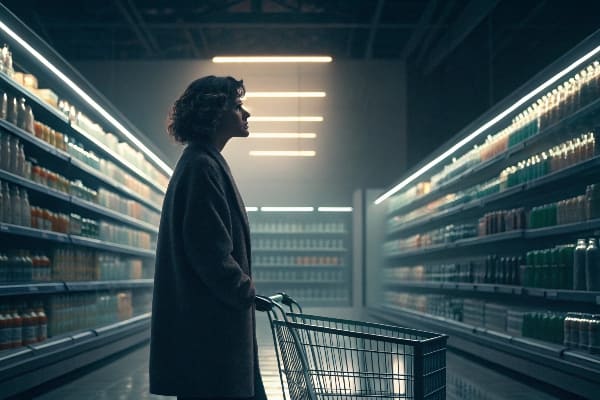
Mapping Factors to Real Fixtures
| Factor | Shopper reaction | Design move |
|---|---|---|
| Time perception12 | Slow lines annoy | Add mirrors near checkout to distract |
| Personal space | Crowding repels | Keep 3 ft aisle clearance |
| Social proof | Empty display feels risky | Place one sold-out spot with “restock soon” tag |
| Decision fatigue13 | Too many options stall buy | Curate three top SKUs face-out |
| Risk aversion14 | Unknown brand doubted | Display strength test photo and QR to video |
When I staged a tool launch, adding a small “load-tested to 50 lb” badge cut hesitation and bumped unit sales by 20%. It eased fear of collapse. Likewise, removing one peg from an over-crowded fixture sped choices. Shoppers need mental room. My job is to clear that space, even if that means less product on day one. The margin per unit often covers the volume dip, and repeat orders fill the gap.
What is the theory of visual merchandising?
Colleagues ask me if a single grand theory exists or if we just patch tactics. I believe the theory blends three streams: environmental psychology, retail anthropology, and brand semiotics.
The theory of visual merchandising holds that built space, cultural meaning, and sensory cues merge to shape the shopper journey, leading to measurable sales outcomes.
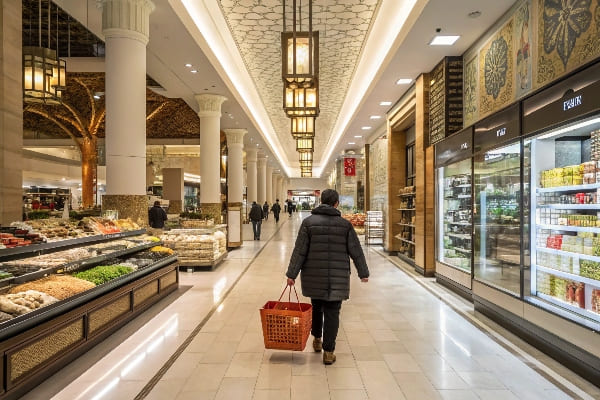
Three Streams, One Strategy
| Stream | Core idea | Practical step |
|---|---|---|
| Environmental psychology15 | Space affects mood | Use warm lights at entry, cool lights at detail |
| Retail anthropology16 | Observe path patterns | Place high-margin add-ons on right-hand turns |
| Brand semiotics17 | Symbols carry promise | Repeat icon and color across all fixtures |
I learned this blend while installing displays in Chicago, Sydney, and Guangzhou. Each culture reads space differently. Yet the core theory stands: people move toward comfort, clarity, and reward. If the brand promise feels true from first glance to pay point, trust grows. When trust grows, carts fill. I test with simple metrics: footfall counts, dwell time, unit per transaction. Theory meets reality in these numbers. If numbers dip, I revisit light temperature, layout angles, or sign tone until the score rises again.
Conclusion
Visual merchandising works like quiet psychology; when I tune color, space, story, and proof, shoppers act, and the numbers prove it.
Understanding color contrast can enhance your marketing strategies and improve product visibility. ↩
Exploring symmetry can help you create more appealing displays that attract customers effectively. ↩
Learning about focal lighting can optimize your product displays and increase sales potential. ↩
Visual merchandising can significantly enhance product display and sales. Discover techniques to improve your displays. ↩
Understanding sell-through rates can help optimize inventory and boost sales. Explore this link for effective strategies. ↩
Explore innovative cardboard display tactics to enhance your retail strategy and attract more customers. ↩
Discover how instant discounts can drive customer engagement and increase sales in your promotions. ↩
Learn how to optimize product placement in archery sections to boost visibility and sales. ↩
Exploring this resource will reveal how curiosity can enhance customer engagement and store success. ↩
Understanding empathy’s role can help you create designs that resonate with shoppers, improving their overall experience. ↩
Discover how resilience can help businesses adapt and thrive in challenging retail environments, ensuring long-term success. ↩
Discover innovative design moves that can enhance shopper satisfaction by managing their perception of time spent in-store. ↩
Explore this resource to learn how to streamline choices for shoppers, enhancing their buying experience and boosting sales. ↩
This link will provide insights on overcoming consumer doubts, helping you build trust and increase sales through effective display strategies. ↩
Understanding environmental psychology can enhance your retail strategy by creating spaces that positively influence customer mood and behavior. ↩
Exploring retail anthropology can provide insights into consumer behavior patterns, helping you optimize store layouts for better sales. ↩
Learning about brand semiotics can help you create a cohesive brand identity that resonates with customers and builds trust. ↩

